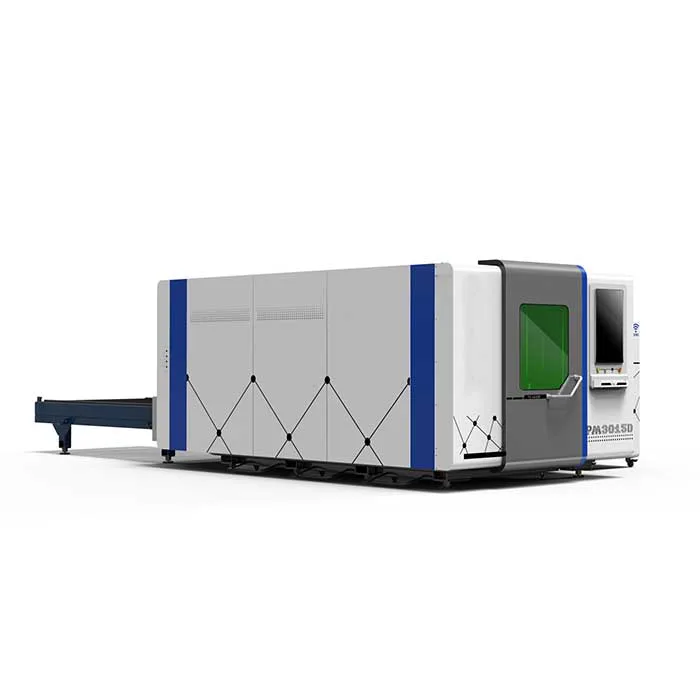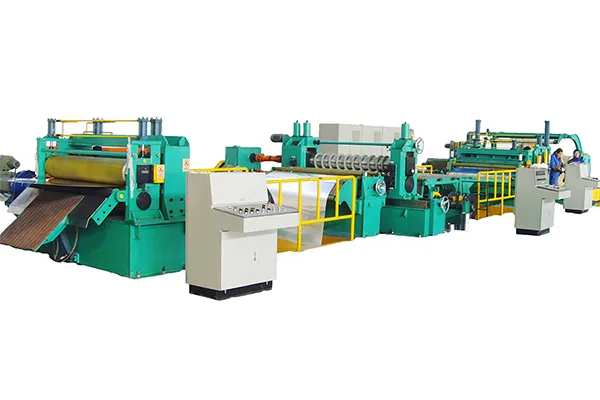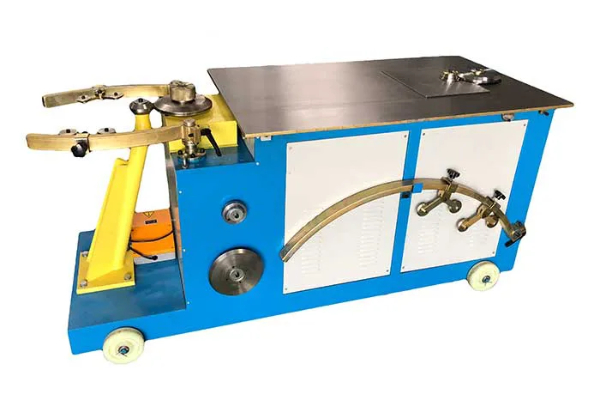
Step-by-Step Guide to Operating Duct Fabrication Machines
- By:Metmac
- 2024-06-24
- 202
Introduction: Step-by-Step Guide to Operating Duct Fabrication Machines
The duct fabrication process involves shaping and assembling sheet metal into ducts that distribute air within heating, ventilation, and air conditioning (HVAC) systems. These machines require precise operation to ensure efficient and accurate ductwork. This comprehensive guide provides a step-by-step explanation of how to operate duct fabrication machines safely and effectively.
Safety Precautions
Before operating any duct fabrication machine, ensure that you have the necessary safety gear, including gloves, safety glasses, and hearing protection. Familiarize yourself with the machine’s operating manual and potential hazards. Follow proper lockout/tagout procedures to prevent accidental start-up and maintain a clean and organized work area to minimize tripping hazards.
Machine Setup
Begin by selecting the appropriate material, such as galvanized steel, aluminum, or stainless steel. Adjust the machine’s settings according to the material specifications, including roll gap, blade height, and forming pressure. Securely clamp the sheet metal into place, ensuring it is aligned correctly and free from any obstructions.
Roll Forming
Roll forming bends the sheet metal into desired shapes using a series of rollers. Start the machine and manually guide the sheet metal through the rollers, ensuring it moves smoothly and without buckling. Adjust the roll gap as needed to achieve the correct bend radius. After roll forming, use a bead roller to form any necessary edging or flanges.
Shearing
Shearing cuts the sheet metal into specified lengths and shapes. Measure and mark the cutting lines accurately. Position the sheet metal under the shear blade and secure it in place. Engage the blade and cut the metal cleanly. Use a burr remover to remove any sharp edges or burrs.
Pittsburgh Locking
Pittsburgh locking is a technique used to join duct sections without welding. Position the two pieces of sheet metal on the Pittsburgh lock machine. Adjust the machine’s settings according to the metal thickness and lock profile. Engage the machine and guide the sheet metal through the forming rollers, ensuring the lock is tight and secure.
Finishing and Installation
Once the duct sections are fabricated, they need to be properly finished and installed. Use a deburring tool to remove any sharp edges or burrs. Apply sealant to the duct joints to ensure airtightness. Install the ducts into the HVAC system, securely fasten them in place, and seal all connections to prevent air leakage.
Conclusion
Operating duct fabrication machines requires careful attention to safety, precision, and accuracy. By following these step-by-step instructions, you can effectively and safely fabricate ducts that meet the specifications and ensure optimal performance of your HVAC system. Remember to always adhere to safety regulations and seek guidance from experienced professionals when necessary.
-
Mastering Form and Force: A Guide to Modern Metal Plate Bending Machines
2025/12/16 -
Demystifying Sheet Metal Laser Cutting Machine Price: The METMAC Value Perspective
2025/12/16 -
Metal Sheet Machinery: The Engine of Modern Fabrication and the METMAC Advantage
2025/12/16 -
Beyond the Bend: The Power and Precision of the Modern Sheet Profile Machine
2025/12/16
-
Advanced Sheet Metal Rolling, Laser Cutting, and Folding Machines for Precision Fabrication
2025/10/31 -
High-Performance Sheet Metal Bending and Cutting Machines for Modern Fabrication
2025/10/31 -
High-Quality Sheet Metal Equipment for Sale: Efficient Solutions for Modern Manufacturing
2025/10/31 -
High-Performance Sheet Metal Equipment for Sale: Forming and Shearing Solutions for Modern Fabrication
2025/10/22
-
Latest Technological Advancements in Rectangular Duct Machines
2024/05/11 -
Integrating Automation with Rectangular Duct Machines for Enhanced Productivity
2024/05/11 -
Metal Shear Machines- Essential Tools for Precision Metal Cutting
2024/05/11 -
Understanding the Role and Function of Steel Strip Slitting Machines
2024/05/11
-
A Guide to the Latest Innovations in Sheet Metal Folding Machines
2024/11/29 -
Key Features to Consider When Investing in a Sheet Metal Folding Machine
2024/11/28 -
Enhancing Precision with Advanced Sheet Metal Folding Machines
2024/11/27 -
How to Choose the Right Sheet Metal Folding Machine for Your Workshop
2024/11/26







